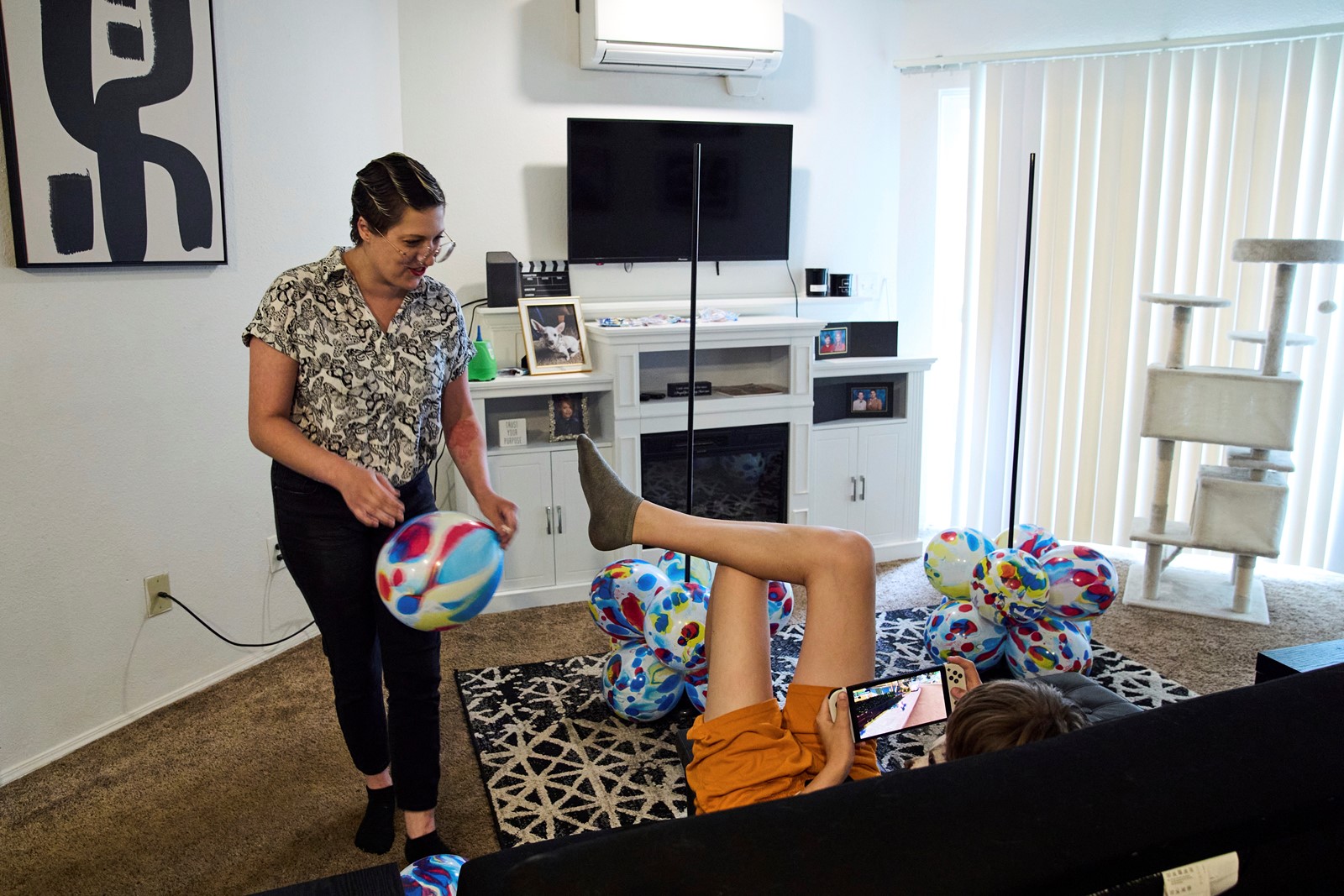
WOODINVILLE, Wash. — More than 1 million low-income households — most of them working families with children — who depend on the nation’s public housing and Section 8 voucher programs could be at risk of losing their government-subsidized homes under the Trump administration’s proposal to impose a two-year time limit on rental assistance.
That’s according to new research from New York University, obtained exclusively by The Associated Press, which suggests the time restriction could affect as many as 1.4 million households helped by the U.S. Department of Housing and Urban Development.
The NYU report, which was published Thursday, also raises concerns about the largely untested policy, as most of the limited number of local housing authorities that have voluntarily tried the idea eventually abandoned the pilots.
“If currently assisted households are subject to a two-year limit, that would lead to enormous disruption and large administrative costs,” for public housing authorities, the report said, adding that once the limit was up, housing authorities “would have to evict all of these households and identify new households.”
Temporary help
Amid a worsening national affordable housing and homelessness crisis, President Donald Trump’s administration is determined to reshape HUD’s expansive role providing stable housing for low-income people, which has been at the heart of its mission for generations.
At a June congressional budget hearing, HUD Secretary Scott Turner argued reforms like time limits will fix waste and fraud in public housing and Section 8 voucher programs while motivating low-income families to work toward self-sufficiency.
“It’s broken and deviated from its original purpose, which is to temporarily help Americans in need,” Turner said. “HUD assistance is not supposed to be permanent.”
Elderly and disabled people would be exempted, but there’s little guidance from the agency on how time-limited housing aid would be implemented.
The NYU researchers dove deep into HUD’s nationwide data over a 10-year period, analyzing nearly 4.9 million households that have been public housing and Section 8 voucher tenants. Of that, about 2.1 million could be affected by the time limits because they include at least one adult who is not elderly or disabled and about 70% of those households had already been living on those subsidies for two or more years.
HUD spokesperson Kasey Lovett pushed back on the NYU study.“There is plenty of data that strongly supports time limits and shows that long-term government assistance without any incentive disincentivizes able-bodied Americans to work,” Lovett said in a statement.
Working families
The time limits could displace more than a million children, as it would largely punish families who are working but still earning far below their area’s median income.
“Housing assistance is especially impactful for children,” said Claudia Aiken, the director of new research partnerships for the Housing Solutions Lab at NYU’s Furman Center who co-authored the study with Ellie Lochhead. Their health, education, employment and earnings potential can “change in really meaningful ways if they have stable housing,” Aiken said.
Havalah Hopkins, a 33-year-old single mom, has been living in a public housing unit outside of Seattle since 2022, but now fears a two-year time limit would leave her and her teenage son homeless. The 14-year-old boy has autism but is considered high-functioning, so how HUD defines disabled and “able-bodied” for the time limit could determine if their family will be affected by the restriction.
Hopkins, who does catering work for a local chain restaurant, pays $450 a month in rent — 30% of her household income — for their two-bedroom apartment in Woodinville, Washington.
Asked what she likes most about her home, Hopkins said: “I like that I can afford it.”


 PREVIOUS ARTICLE
PREVIOUS ARTICLE
